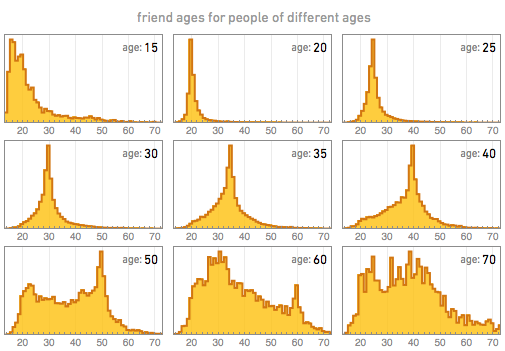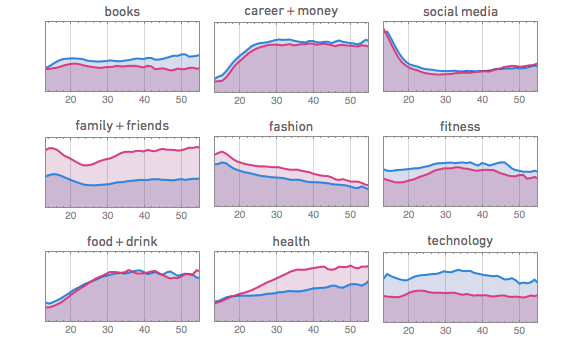Andrew Bud, global chairman of MEF, posted an article on VentureBeat to discuss the survey report of mobile consumer attitudes towards app privacy by MEF (global community for mobile content & commerce).
This survey was far reaching with over 9,500 respondents across ten countries. In the report summary, it analyzes privacy in the context of four component parts:
- Transparency: Consumers understand the impact of mobile apps on their privacy and want app providers to explain what and how their data is collected and used;
- Comfort:Only a third (37%) of consumers are comfortable sharing personal information with an app;
- Security: Most mobile users trust app providers to protect their personal information;
- Control: A third of consumers think they have complete control over how their personal information is used for advertising purposes. However, in reality it is unlikely consumers are able to control the way companies use their personal information.
These statistics are very useful evidences that users need make sense and have control of their personal data exchanged with online platforms. And the report mentions that in reality consumers need to face the limitation of privacy control. Therefore, this project needs to explore what the new service can do to help users gain more control under the limited situation.




